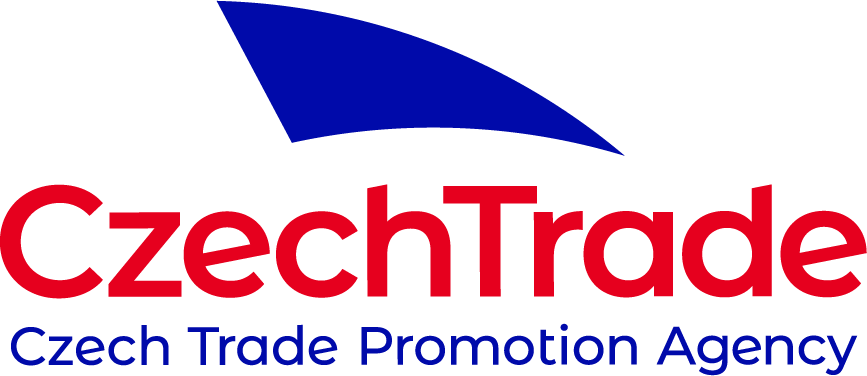Czech Business Today
Financial instruments – an alternative to ESIF funds
The European Fund for Strategic Investments (EFSI), the main pillar of the so-called Juncker Plan launched in 2014, has been a great success so far. The first phase of EFSI that was supposed to leverage 315 bn. EUR in investment with 26 bn. EUR worth of guarantees from the EU budget and an additional 7.5 bn. EUR from European Investment Bank’s own capital, exceeded expectations and managed to trigger 344 bn. EUR in investment from the private sector. That’s why, the EU institutions agreed to extend the Fund until the end of 2020 with a target of 500 bn. EUR in investment.
The opportunities for Czech companies to use the EU financial instruments as well as the InvestEU programme were the main topics of a seminar organised by the Representation of the European Commission in Prague and CEBRE on 2nd October in Brno. Czech companies have vast experience with the use of grants from the European Structural and Investment Funds. However, with GDP growing in the Czech Republic, the companies should look for alternatives to ESIF funds and take advantage of other financial instruments. In addition, financial instruments will play a much bigger role in the coming Multiannual Financial Framework 2021-2027.
So far, the Czech Republic has seen a surprisingly high rate of SMEs that are profiting from the financial instruments offered by the European Investment Bank and the European Investment Fund. On the other hand, large companies fall behind in this sense. While grants might seem a better option, financial instruments offer more flexibility regarding the use of the money. In addition, the administrative procedure can be much less burdensome than in the case of ESIF funds and all the paperwork can be done in up to 3 months.





